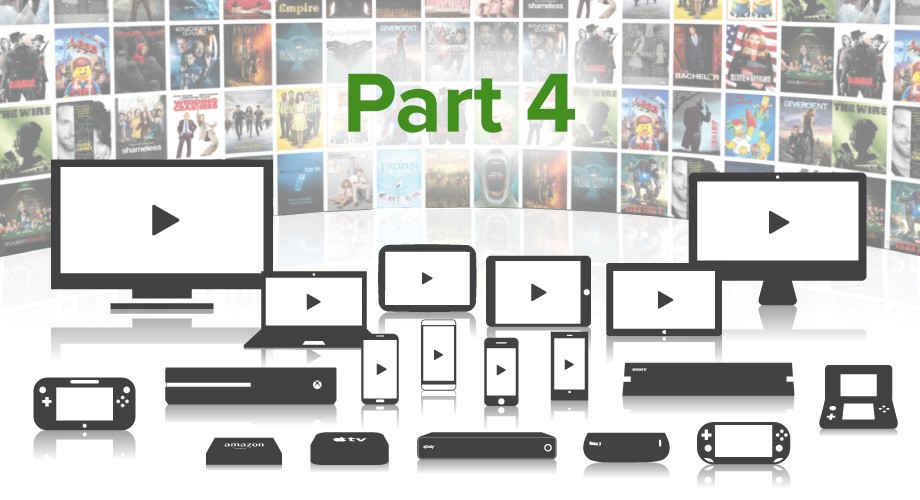Today’s TV Requires Better Content Discovery
February 24, 2015

Since the dawn of time, TV has always been about relaxation. Viewers want to get comfortable, quickly find something good to watch, and let their mind cease and desist for a while. However, today’s TV content discovery experience isn’t always quick. Oftentimes, it can be quite slow and tedious, requiring viewers to wade through several different pay windows and a hodgepodge of different types of shows, movies, events, genres, etc. This creates a TV experience that is definitely not relaxing. The good news is that these content discovery issues can easily be resolved with a little help.
Through the years, viewers have primarily relied on some form of a TV guide to help them quickly find something good to watch. ‘Quick’ is a relative term, however. Thirty years ago, leafing through a printed TV guide was considered quick relative to blindly flipping through a series of channels. Twenty years ago, checking out the dedicated TV guide channel was more convenient than hunting down a rumpled print version. Ten years ago, clicking through a catalog of Video-on-Demand (VoD) offerings superseded live-linear broadcasting altogether as the quickest way to find something specific. Today, there are now many ways that viewers can quickly discover content; through guides, catalogs, search, and an assortment of ‘personalization’ features that put a viewer’s favorite TV programs and movies right up front in the User Interface (UI). A few popular personalization features include bookmarking, which follows the progress of a viewing session and lets the viewer pause on one device and resume on a different device; recommendation engines, which track viewing history and recommend similar content (although different recommendation engines work better for different types of content); and social media integrations that make it easy to see what others enjoyed watching.
Although content discovery has come a long way in the last 30 years, it still has a long way to go. As previously stated, it still can take a lot of time to review all the different content options available, choose something to watch, and actually start watching. In 2015, media companies should make it a goal to reduce this time to first watch. There are two ways they can accomplish this: (1) reduce the number of content silos a viewer has to wade through and (2) improve their UI. All content offerings (both subscription and transactional) of a specific actor, director, genre, etc. should be in one convenient experience for a viewer to review. In other words, a viewer should be offered one big silo of Matthew McConaughey content rather than several smaller silos based on linear channels, VoD, and the rental windows. And, although UIs are successfully putting favored content in the front row, center of a viewer’s attention today,[1] the perfect UI still does not exist. Yet. A media company needs to treat the UI as a work-in-progress. New features should be tried, what works or doesn’t should be tracked, and amendments should be made on a regular basis. thePlatform understands the importance of content discovery and an adaptable UI. In addition to a robust set ofREST-based APIs that permit easy updates to an mpx-powered UI, thePlatform also provides a Ways to Watch service that uses robust metadata connections to give viewers the ability to search, discover, and quickly view the content they care the most about.
1 “The Ultimate Challenge for Recommendation Engines” by arXiv, MIT Technology Review, Aug. 25, 2014.

